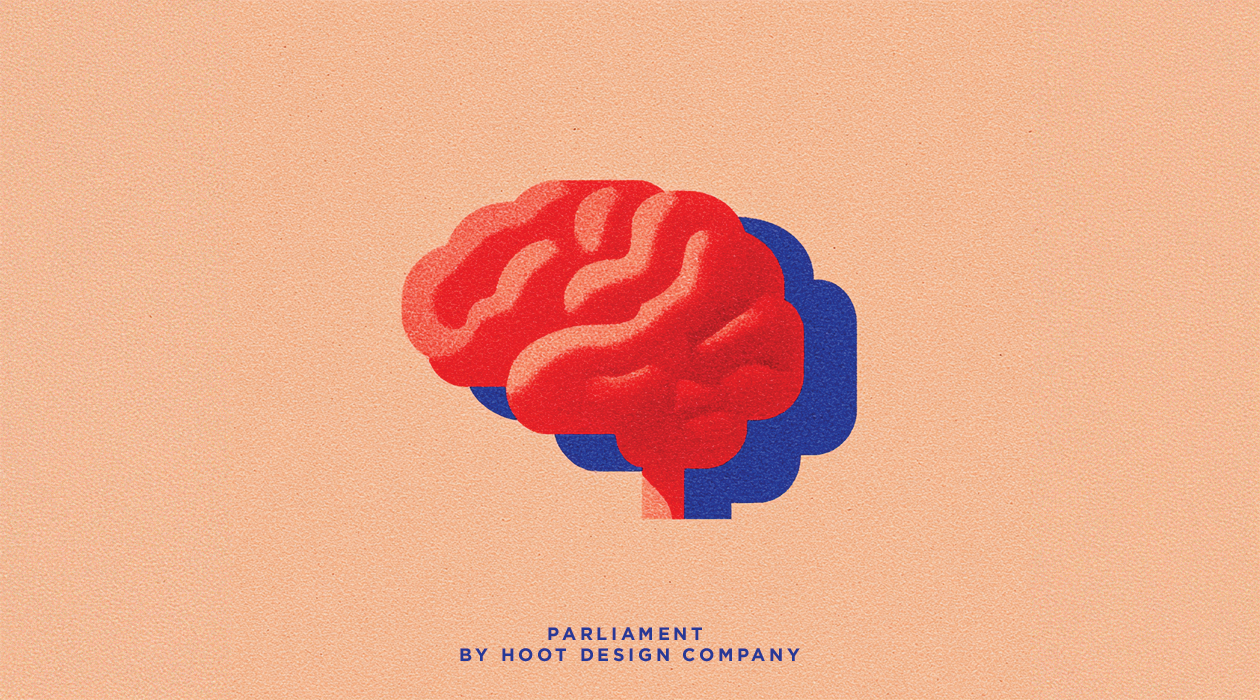Parliament | From Manual to Market | Operationalize Values
The Performance Review Problem
Most performance reviews are exercises in creative writing. Managers craft careful sentences that say nothing meaningful. Employees leave confused about what "exceeds expectations" actually means. Everyone pretends the process is helpful.
Meanwhile, those beautiful company values hanging on the conference room wall? They're just expensive wallpaper.
But what if your values weren't just aspirational poetry? What if they were the foundation of every performance conversation?
From Aspiration to Accountability
At Hoot, we don't just define our values—we score them. Twice a year, every team member gets rated on a scale of 1-5 for specific behaviors that ladder up to our core values.
Not vague concepts like "integrity" or "teamwork." Specific, observable behaviors that you can actually measure and improve.
Here's how it works:
Joy: "I bring the right energy into a room"
1: Consistently brings negative energy that impacts team morale
3: Generally maintains positive energy with occasional off days
5: Consistently elevates the room's energy and helps others do the same
Candor: "I talk to people, not about them"
1: Regularly engages in gossip or indirect communication
3: Usually communicates directly with occasional lapses
5: Consistently addresses issues directly and encourages others to do the same
Collaboration: "I ask for help when I need it"
1: Struggles alone rather than asking for support
3: Sometimes asks for help but could be more proactive
5: Regularly asks for help and makes it easy for others to do the same
Why This Actually Works
It's specific. Instead of "Sarah needs to be more collaborative," we can say "Sarah scores a 2 on asking for help—let's work on recognizing when she needs support and how to request it."
It's fair. Everyone knows exactly what behaviors lead to what scores. No mystery, no favoritism, no "cultural fit" nonsense.
It's developmental. The goal isn't to punish 2s and 3s—it's to help people grow toward 4s and 5s in the areas that matter most.
It's cultural. When you consistently measure and reward specific behaviors, those behaviors become your actual culture, not just your aspirational one.
The Manual Connection
This isn't just HR paperwork—it's your Brand Being Manual in action. The values you defined during your brand development process become the measurable foundation of your team's performance.
Every six months, teams open their manual and ask: "Are we actually living these values, or just talking about them?"
The Transformation
Companies that implement this system see:
Clearer feedback conversations - No more dancing around issues
Faster culture development - New hires understand expectations immediately
Better hiring decisions - Interview questions align with actual performance metrics
Stronger team alignment - Everyone knows what "good" looks like
The Hard Part
This system requires courage. You have to:
Be specific about what your values actually mean in practice
Have difficult conversations when someone consistently scores low
Admit when your values aren't working and be willing to evolve them
Invest time in regular, meaningful feedback
Most companies aren't willing to do this work. They prefer vague values that can't be measured or challenged.
Your Values Reality Check
Ask yourself:
Can you define three specific behaviors for each of your company values?
Would your team members know what a "5" looks like versus a "3"?
Are you actually hiring and firing based on these behaviors?
Do your performance reviews reference your values at all?
If you answered no to any of these, your values aren't values—they're decorations.
Making It Real
Values without accountability are just marketing copy. But when you operationalize them—when you make them measurable, discussable, and improvable—they become the foundation of everything you do.
Your Brand Being Manual isn't meant to sit on a shelf. It's meant to be opened weekly, referenced in tough conversations, and used to build the culture you actually want.
Because culture isn't what you say you believe. It's what you consistently measure and reward.
Next week in From Manual to Market: How one company used their Brand Being Manual to plan a retreat that actually changed their culture instead of just burning through their budget.
How do you currently measure culture at your company? Hit reply and tell me—I'd love to hear what's working (or not working) for you.
Artwork by Nya McClain, article by Senior Art Director, Bri Thomas
AI Optimizes for Average (And Average Brands Die)
Here's the uncomfortable truth: AI is making everyone mediocre at exactly the same time.
Every founder with a Canva Pro subscription thinks they're a designer now. Every startup with access to ChatGPT believes they've cracked copywriting. And the result? A marketplace flooded with brands that look like they were all designed by the same algorithm—because they essentially were.
AI trains on existing data, which means it's fundamentally backward-looking. It analyzes what's already been done, finds the patterns, and regurgitates variations of the same safe, tested approaches. The problem? Safe and tested is the kiss of death in branding.
While your competitors are churning out AI-generated "professional" logos that could belong to any company in any industry, the brands that break through are the ones living in the uncomfortable spaces that algorithms can't navigate. They're the ones willing to make choices that feel risky, that might not test well, that require actual human judgment about what their specific audience craves.
AI can generate a thousand variations, but it can't tell you which shade of red will make your founder feel seen or which typeface captures the exact tension between approachable and authoritative that your culture demands. It doesn't understand that sometimes the "wrong" choice is exactly right for your brand.
The companies winning right now aren't the ones with the most sophisticated AI tools—they're the ones with taste and the ability to wield these tools like weapons. They understand that breakthrough brands aren't born from optimization; they're born from the messy, human process of making choices that feel authentic to who you actually are.
While everyone else is optimizing for average, the space for brands with actual point of view has never been wider.


